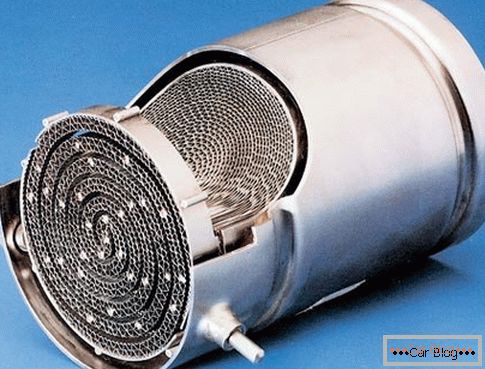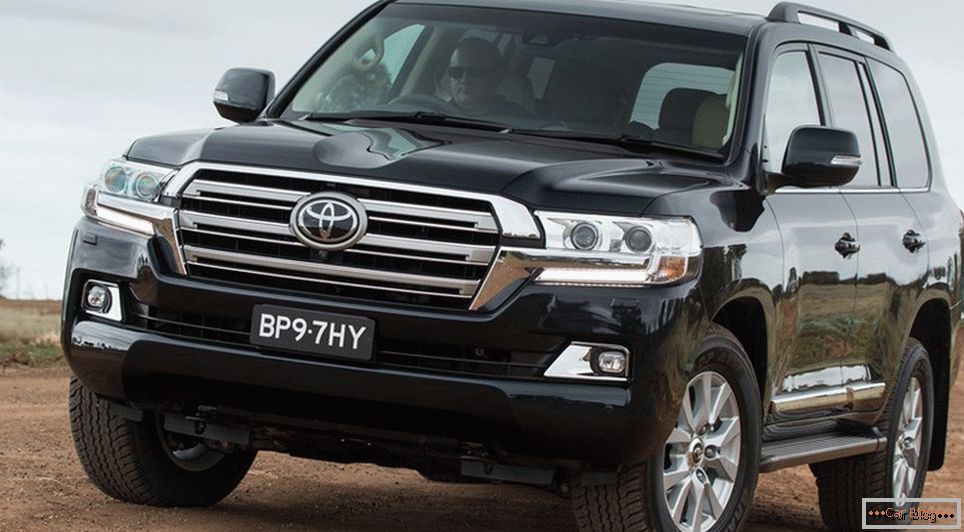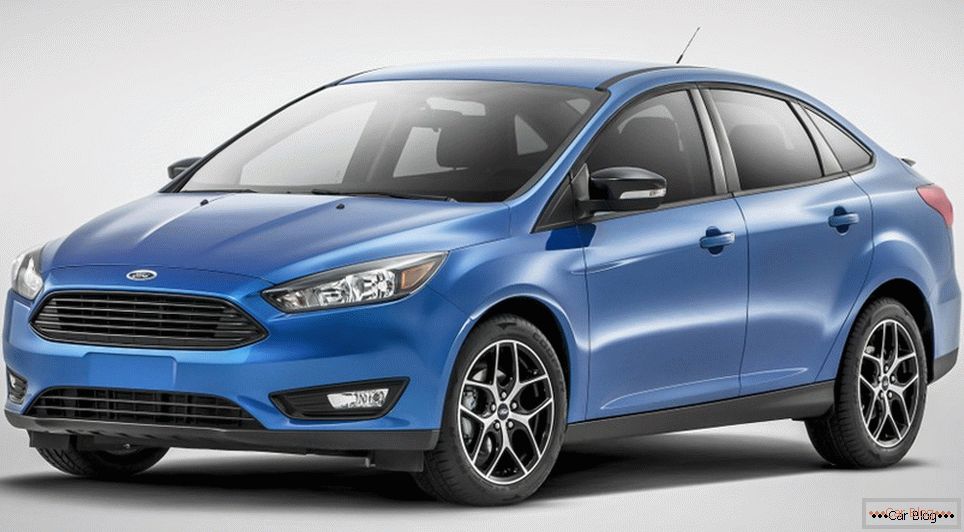>
Often, motorists puts in an awkward position the choice of the next tires. For some branded products have to pay a lot of money, and more budget options cause a lot of doubt. True, to solve the issue with the purchase of "correct" tires can be quite simple, it is enough to read the instructions for the car, which is provided by the manufacturer. As a rule, it indicates not only the typical size of the necessary tires, but also various options for upgrading your vehicle. Given the recommendations of experts, you can give your vehicle a more sporty look, making it high and soft. Of course, not all motorists take into account this data, some choose large and wide tires, due to which the car looks more spectacular, others, on the contrary, are used to buying standard-size tires. We learn about which tires are better in winter: narrow or wide?
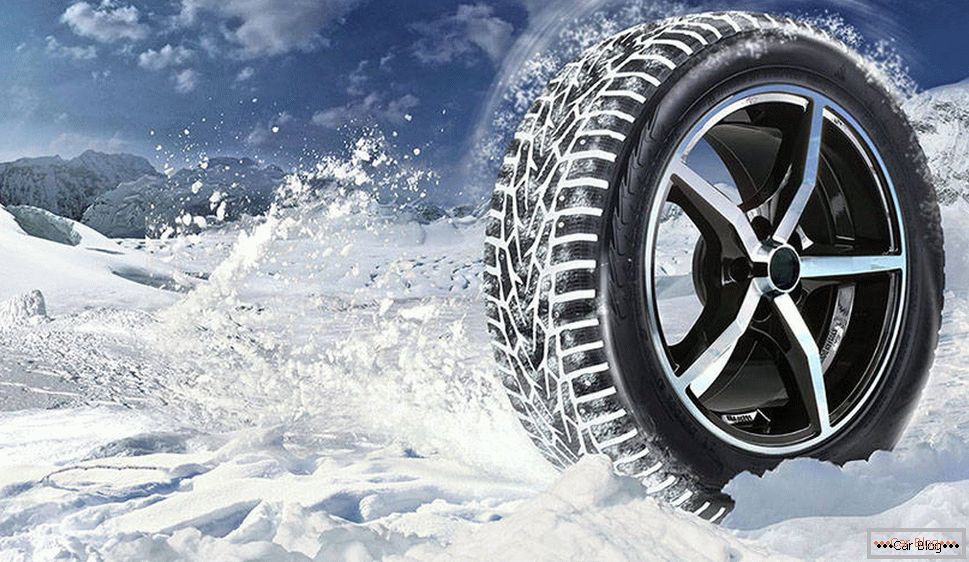
Selection of winter tires.
Читать далее про то какие шины зимой лучше: узкие или широкие-->
Profile width: what influences?
If a motorist doubts about the purchase of the most optimal rubber, he should take into account the width of her profile. This value represents the distance between the side sections of the tire, inflated to the point specified by the manufacturer. As a rule, the profile size and tread width do not always have the same value. However, it is necessary to take into account the fact that width and tread directly depend on the width of the profile. Repeatedly, car enthusiasts and experts in the field of cars set up experiments, testing tires of different sizes in the same weather conditions. Some are confident that it is worth choosing only wide tires, while others prefer only narrow ones. Among the advantages of narrow tires it is worth noting the high specific pressure, as well as less contact with the road. In turn, wide tires win the length of the lamellae, which are extremely important at the time of adhesion to slippery asphalt.
Experiment
To find out how right the experts are, consider a test in which different tires participated. It should be noted that the tested tires proved their effectiveness not only on snowy asphalt, but also on ice. The clutch was checked as follows: the vehicle was accelerated on ice, subsequently slowing down, and picked up speed on the snow, then reducing it. As practical studies have shown, the choice of a tire should not depend on the personal preferences of the owner of the car, but on the characteristics of the vehicle and the climate in which it is operated.
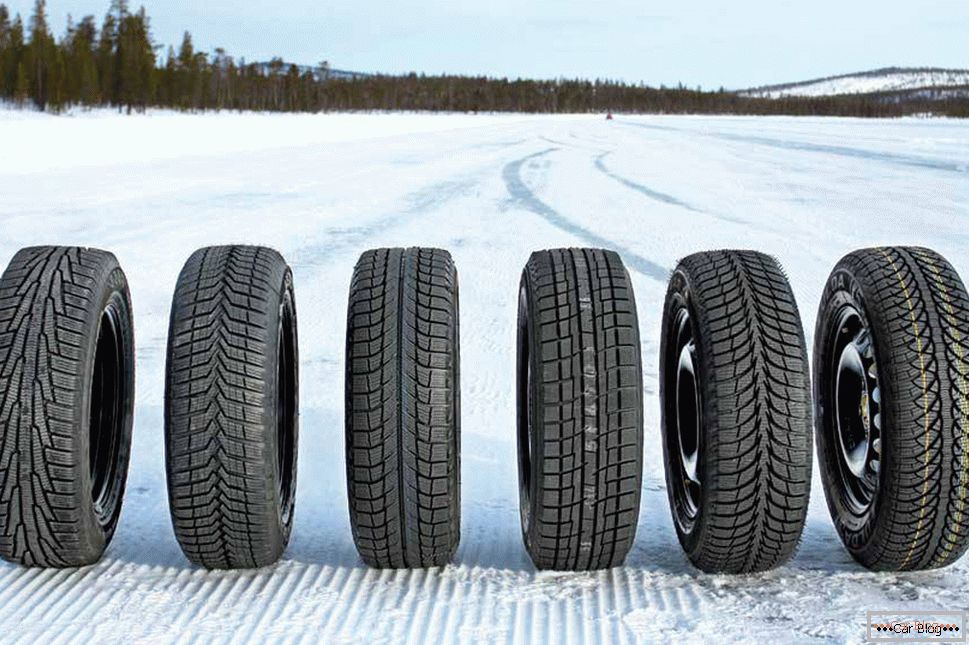
Wide wheels perfectly showed themselves directly on slippery asphalt, they can be reduced as quickly and efficiently as possible. It is the presence of lamellae of sufficient length that provided excellent grip on the ice. True, the cars picked up speed of only 30 km. / H., While throwing it off only to 5 km / h. As for the well-groomed snow surface, narrow tires were able to bring much greater benefit, where the opportunity to minimally touch the road was put in the first place, making the pressure at the point of contact great. Due to this narrow rubber pushes snow cover.
Snow handling
Speaking about the purchase of the most optimal pair of tires for winter, it is worth considering the handling of the vehicle on the snowbound road. As practice shows, the difference when driving on different tires is just enormous. To notice the difference between wide and narrow rubber is easiest when cornering. The narrowest tires provide excellent handling, allow you to fully control the progress of the car. When cornering the car behaves calmly, the movement is extremely fast and safe. If the same car is equipped with a set of wider tires, handling on a snowy road will acquire a completely different color. Motorist can feel the nervous behavior of the car, its attempts to go into a skid. Separately, it is worth noting the dynamics of acceleration, since it is almost the same on a snowy road.
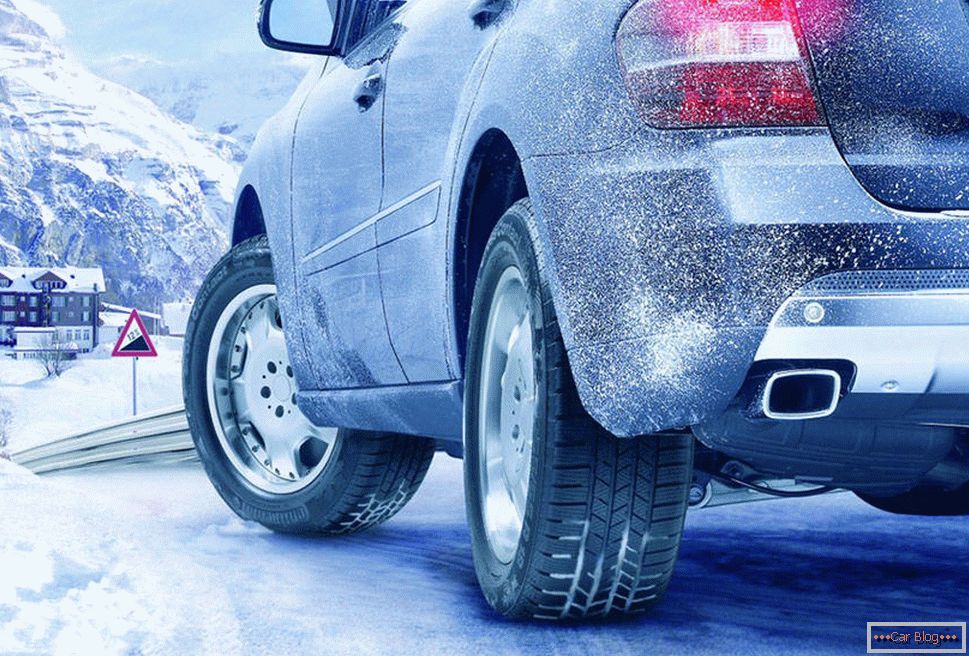
Ice test
Leaving on the winter road covered with ice, which tire is better - wider or narrower, it's hard to say beforehand. To adequately assess the performance of the two types of tires, you should use the expert data. It is much more difficult to speed up a narrow rubber, it will take 3.84 seconds, the second tires take less time, they reach fifty kilometers per hour. in 3.55 seconds If we talk directly about the braking properties, we can say that they do not differ much from each other. The reduction in speed on narrow tires will take place later 17.91 m., While on broad tires - after 17.62 m.
Tests on the snow
If a motorist is perplexed as to why narrow tires are better in winter, he should learn about the results of the experiment, get acquainted with data that clearly indicate the superiority of the considered variant of tires. According to the results of the study, on a snowy road with narrow tires, the vehicle will accelerate to fifty kilometers per hour in no more than 3.66 seconds. A car with a larger rubber will take the same amount of time, however, at the time of reducing the speed, the narrow rubber will slow down after 27.11 seconds, and the wide one - for 28.99 seconds.
Acceleration and deceleration on ice
In order to decide unequivocally which tires are better in the winter - narrow or wide, it is worthwhile to find out about the indicators that the experts participating in the experiment provided to the specialists. The average wheel width profile makes it easier to grapple with the ice coating, providing braking with excellent results.
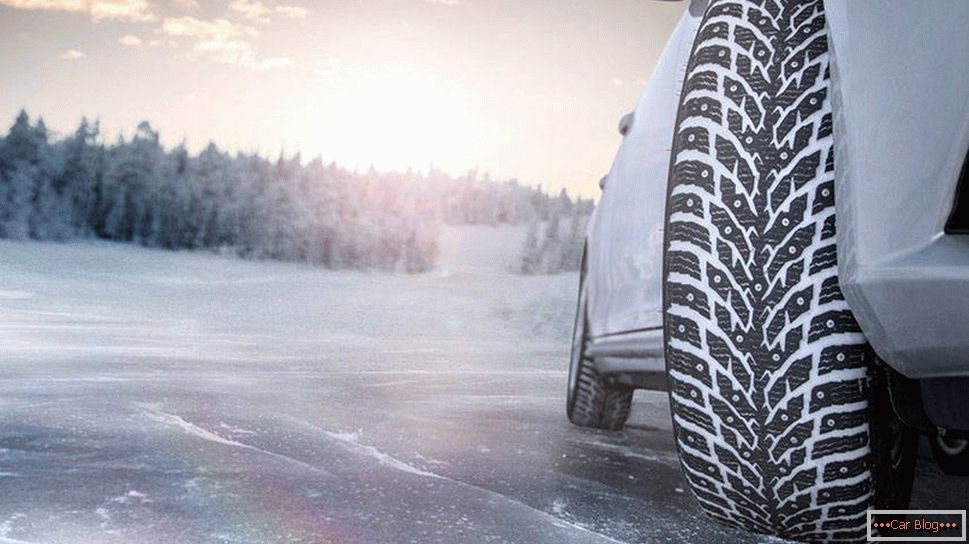
Positive and negative sides of a narrow tire
To summarize and understand which rubber is better in the winter - narrow or wider, it is worth noting their advantages. According to studies conducted, narrow tires are more stable on ice, although they may lead to a sharp breakdown when cornering. High profile tires are preferably chosen for vehicles that have ESP. However, a motorist should not relax while driving on a snowy road.
When should I choose a wide rubber?
It is better not to wear wide tires in the winter on your car, unless there is a need to drive regularly on a road covered with ice. This rubber is as tight as possible to the road, in contact with ice at a low specific pressure. On snow-covered roads, a car with such tires can be driven in different directions, demolished, which requires the attention of the driver, a strong influence on the steering and extreme control of the road.
Conclusion
Studies show that a larger tire is ideal for a warm period of the year.  Discounts for new cars! Profitable loan from 9.9% installments 0%
Discounts for new cars! Profitable loan from 9.9% installments 0%  adom.ru, Russians may become necessary in the conditions of winter just a narrow version of tires. Wide tires provide counter-contact, and a narrower faster breaks through the track in loose snow and on snow-covered asphalt. These figures will help you choose the most appropriate type of tire that will only improve handling and handling characteristics of the vehicle.
adom.ru, Russians may become necessary in the conditions of winter just a narrow version of tires. Wide tires provide counter-contact, and a narrower faster breaks through the track in loose snow and on snow-covered asphalt. These figures will help you choose the most appropriate type of tire that will only improve handling and handling characteristics of the vehicle.

